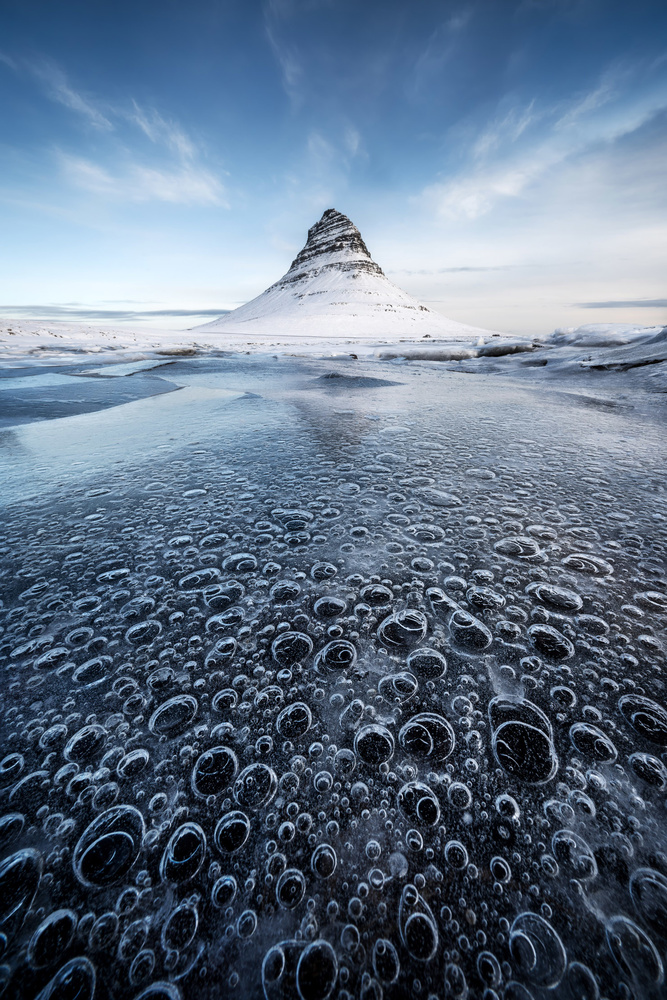 |
Stokksnes is a huge area in Iceland.
The closer you get to the mountains, the wider you have to shoot |
The wide-angle view is probably the most used in landscape photography these days. It shows the landscape and can make some highly impactful photos. Here, I show you how to use an ultra-wide-angle lens to make impactful photos.
My go-to wide-angle lens of choice for the past one and a half years has been the Sony 12-24mm f/4. Besides having a decent build quality and being relatively sharp from edge to edge, it is also super wide. At 12mm, it covers 111 degrees on the long side.
That is a lot of landscape! The main problem I see for beginners using such a wide field of view is that they end up including too much information within the frame. This, in turn, makes for some confusing photos. However, when you have learned how and where to use this lens, it can help you create some impactful photos.
Where to Use It?
Like any other lens, it takes a bit of practice to learn how to use it, and that is what my video this week is all about. In the first part, I focus on where to use it. Some landscapes are just so big and impactful that you will need an ultra-wide-angle lens to capture the entire scene. In my experience, it is especially at certain locations in Iceland, such as Kirkjufell (see below), Stokksnes (see above), or the Faroe Islands, where the specific scene is so large it requires an ultra-wide-angle lens. For some reason, I find myself using longer focal lengths in the Alps, but it surely does come down to the specific location.
 |
Shot at 16mm, you can have both the mountain and the waterfall within the frame.
|
Another thing I focus on in the video is how the ultra-wide-angle lens distorts the world around it. This can be used to elongate different elements in your scene if you get close to them. We all know the example with a bench in a park where the part of the bench closer to the camera looks bigger. This can also be applied to natural objects such as rocks, chunks of ice, branches, and bushes. When you elongate an object, you also emphasize its depth, and it is this depth that gives a feeling of the photo being impactful. One such example is the photo below from the famous Ice Beach in Iceland. When I photographed this photo, I stood very close to it, which emphasized its shape.
 |
| Getting close to these huge chunks of Ice does not come without a risk. |
Get Down!
However, probably the most effective way to use an ultra-wide-angle lens is by finding and getting low and close to a foreground. With the close minimum focus distance of wide-angle lenses, you can get very close to objects, which means you can use almost anything as a foreground. This opens up a world of possibilities for different and interesting foregrounds.
 |
| I had to focus stack this image, as I was at minimum focus distance for the bottom of the photo. |
Since the lens covers such a wide field of view, you can actually have the bottom of the photo point straight down while still have elements such as mountains or trees above the horizon. Combining this with getting low and close to your foreground, you elongate the entire scene in a very impactful way, where it feels like it is falling out onto the face of the viewer.
 |
| I had to clone a tripod leg out of this photo! |
Mads Peter Iversen



